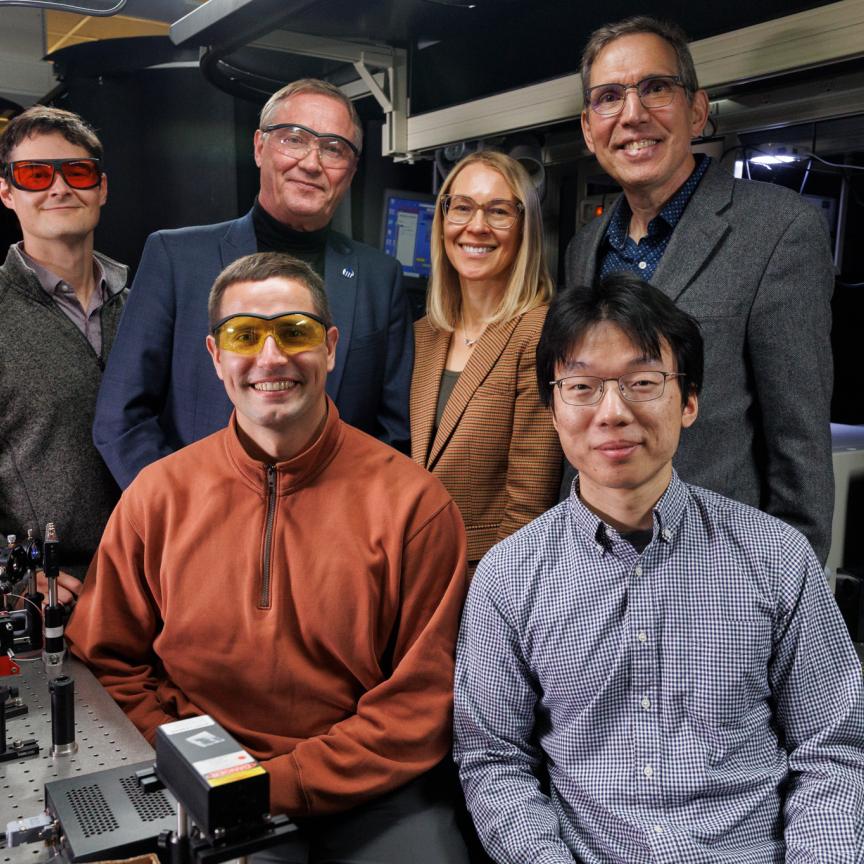The Fraunhofer Institute for Laser Technology has developed the LIFTEC laser-assisted joining process to help join plastic-metal hybrid components.
The newly-developed LIFTEC joining process (patent pending) works by heating a component, or a part of it, by laser radiation, which passes through the plastic joining partner.
The component is pressed onto the plastic part under mechanical pressure, then heated, and finally pushed into the plastic by further mechanical pressure. Provided that a suitable component geometry has been selected, a solid, positive bond is formed after cooling. It is essential to the process that the component should have a higher melting point than the plastic joining partner. Suitable materials include metals, ceramics and temperature-resistant plastics.
Another approach is being investigated in the context of the Cluster of Excellence 'Integrative Production Technology for High-Wage Countries' at RWTH Aachen University. In this approach, researchers are examining several irradiation methods, materials, beam sources and pre-treatment methods. A first series of tests is being carried out to determine the influence of structural density on the joining process. This is being done by producing surface structures with dotted, lined and checkered patterns in stainless steel samples using Nd:YAG laser light.
Subsequently, the structured samples are bonded to the transparent plastic samples by diode laser light in a con-tour or quasi-simultaneous joining process. The resulting bonds are very strong and generally very promising.

